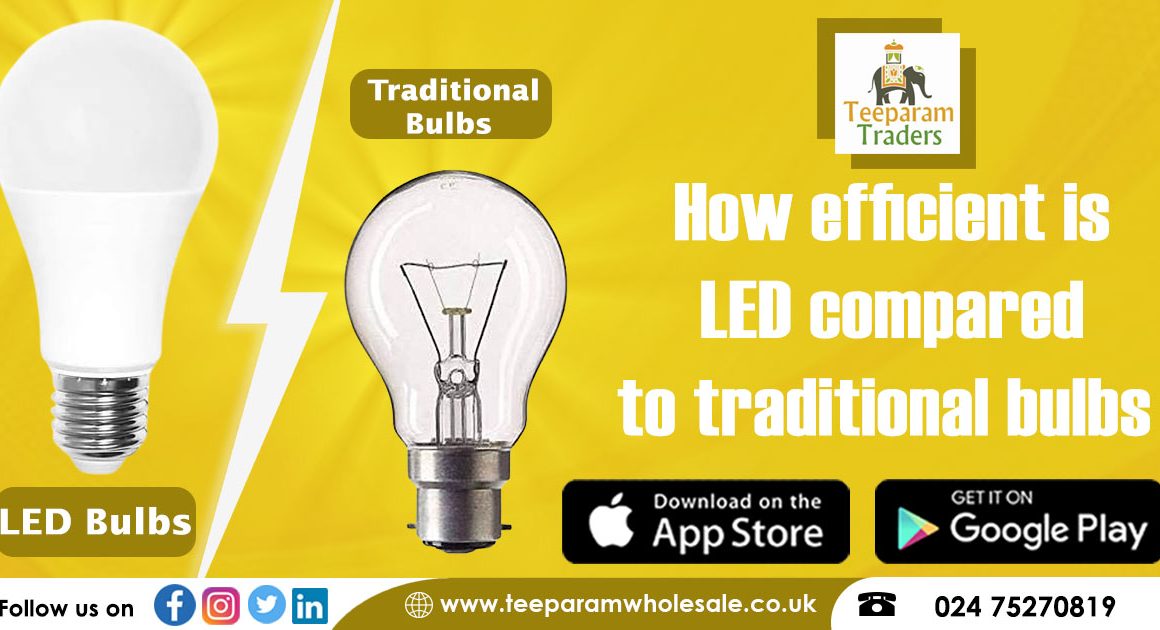Everyone in the world today thinks Thomas Alva Edison has invented the Light Bulb. Wrong. In 1802, Humphry Davy invented the first electric light and historians believe there were more than 20 inventors of incandescent light bulbs before Edison. But due to their poor design they were not successful.
Early age light bulbs were made using a glass bulb or lamp. Air inside the glass bulbs were sucked out creating a vacuum and inside the glass bulb there was a very thin piece of metal known as filament which gets heated up by an electrical circuit. Once the filament gets heated up it starts to glow to create the light.
Creating a vacuum inside the bulb prevented oxygen from fueling up the heating thin wire. An effective incandescent material, a higher vacuum than others were able to achieve and a high resistance that made power distribution from a centralized source economically viable.
Thomas Edison was doing some serious research on improving the quality of the light bulb which can have a better lifespan. Finally after many unsuccessful attempts by Nov 4, 1879, he filed another U.S. patent for an electric lamp using “a carbon filament or strip coiled and connected to platina contact wires.” But even still the patent was granted to Edison; it took him and his team to develop a light bulb using a carbonized bamboo filament that could last over 1200 hours. This was the startup of commercially manufactured light bulbs. In 1880, Thomas Edison’s company, Edison Electric Light Company started marketing its new product.
After Edison the light bulb design started evolving. In 1906 The General Electric Company started using Tungsten filaments for their lightbulbs. In 1940’s first soft light’ incandescent bulbs were invented and in 1990s long life bulbs and Compact Fluorescent bulbs made their debut. In the modern world there are three most popular models in domestic use.
Incandescent Bulbs
The old fashioned bulbs with a tungsten filament inside.
Compact fluorescent Lightbulbs (CFLs)
CFL bulbs produce light in a different way than incandescent bulbs. Instead of the filament in CFL bulbs an electric current is driven through a tube containing argon and a small amount of mercury vapor. This generates invisible ultraviolet light that excites a fluorescent coating of phosphor on the inside of the tube, which then emits visible light. CFL consumes more energy on startup but once the electricity starters moving inside the tube they take very less electricity. CFL bulbs use 70% less energy than incandescent bulbs. A CFL’s ballast helps “kick start” the CFL and then regulates the current once the electricity starts flowing.
LED Bulbs
Even though they are called bulbs they are not really bulbs. LED stands for “light-emitting diode.” A diode is “a semiconductor device with two terminals, typically allowing the flow of current in one direction only.” The current comes into an anode (+) and flows out of a cathode (-). LEDs don’t even have wire filaments like in typical light bulbs. The tiny diodes are wrapped in plastic to protect the elements and focus the light. To prevent performance issues, the heat LEDs produce is absorbed into a heat sink.
Today LED bulbs are considered as the most energy efficient bulbs.
LED bulbs use much less energy than incandescent bulbs because diode light is much more efficient, power-wise, than filament light and uses 75% less energy than incandescent lighting. LEDs require much less energy to create the same amount of brightness as incandescent lights, and last much longer.
A lumen is a measurement of light. If LEDs, CFLs, and incandescent all have the same lumens, they have equal brightness. But what matters is how much energy (Wattage) is being used to emit the amount of Lumens. At low power levels, the difference is even larger. Bright LED flood lamps use only 11 to 12 watts while creating a light output comparable to a 50-watt incandescent bulb with the lowest wattage.
Let’s check out the most major advantages in using LED bulbs.
Light Source
LEDs are usually in Red, Green and Blue. To produce white light, different color LEDs are combined or covered with a phosphor material that converts the color of the light to a “white” light used in homes. Colored LED bulbs are used in many applications such as road signal lights, indicator lights, power buttons and widely used in the entertainment industry replacing old power hungry spotlights and moving head lights.
Direction of the Light
Unlike incandescent and CFL lights LED light bulbs emit lights in a specific direction whereas the others emit light and heat in all directions. Because of that LED light bulbs can be used more efficiently in many applications such as recessed downlights and task lighting.
Heat
LED bulbs emit very little heat compared to CFL and incandescent bulbs. Incandescent bulbs release 90% of their energy as heat and CFLs release about 80% of their energy as heat. The heat sinks has been used in LED bulbs absorbs most of the heat and pushes very little to the surrounding environment, keeping the bulb from overheating and burning out. Managing the heat is a key factor which decides the lifespan of LED bulbs. As higher the temperature at which the LEDs are operated, the more quickly the light will degrade, and the shorter the useful life will be.
Lifetime
Instead of burning out like the incandescent or CFL bulbs, LED bulbs experience a ‘lumen depreciation’, wherein the brightness of the LED dims slowly over time. So when LED bulbs light output decreases by 30% they will not emit much light and needs to be changed. Even after their stated lifetime, LEDs will continue to operate for years. Just not at 100%.
Lifespan of LED light bulbs is really great compared to the incandescent bulbs which offer from 750 hours of light to around 2,000 hours for the longer life varieties. LED bulbs afford in the region of 50,000 hours of light, with some brands boasting as many as 100,000 hours. In general terms, if you use your lights for 10 hours each day, LEDs should serve you well for about 14 years.
Price
Yes LED bulbs will be more expensive than the traditional incandescent bulbs and CFL bulbs. But considering the energy that they are burning and the long life span investing in LED bulbs will be more profitable in the long run.
If you compare the energy consumption, a 100-watt incandescent bulb running for a full year would use 876 kWh of energy and 25-watt CFL bulb would match the brightness of a 100-watt incandescent bulb, but only use 216 kWh of energy over the course of the year. On the other hand, it would only take a 16-watt LED bulb to emit as much light as a 100-watt incandescent bulb, and it would use only 140 kWh of energy over the year.
When it comes to the lifespan, per year Incandescent bulbs have to be replaced mostly every month, CFL bulbs may need to replace the bulb twice a year. But one LED would last the entire year.
LED bulbs don’t contain mercury like CFL or traditional lights and so legally can be disposed of in the trash, but it’s still better to recycle them. See their positive environmental impact through to the end!
Teeparam Wholesale
Most importantly to enjoy all the benefits that LED lights offer, you should always go for a quality and reliable brand in the industry. Nowadays LED bulbs are the most popular choice among customers in the United Kingdom. A well-known brand for LED bulbs that was established in the early 1900’s and famous for long life and performance is “Eveready”.
Most “Eveready” LED bulbs offer 25,000 hours of life span and come with a five-year warranty. If you are looking for a reliable supplier to buy “Eveready” LED bulbs as a retailer or as a wholesaler “Teeparam Traders” will be an excellent choice because of very competitive prices, reliable & quality products, top notch customer services and delivery throughout the United Kingdom.



